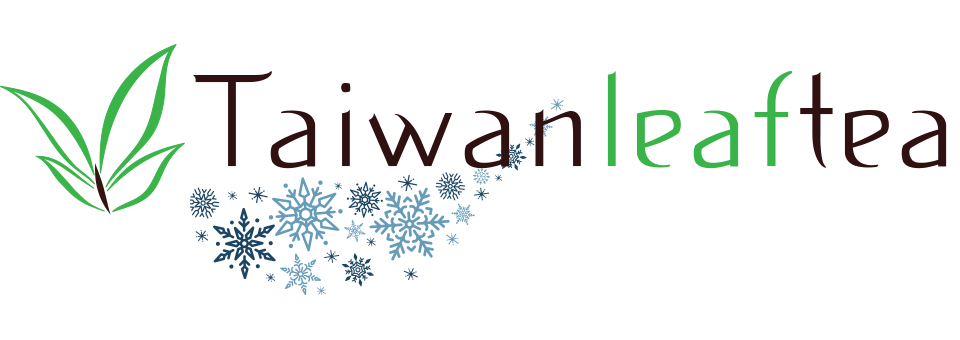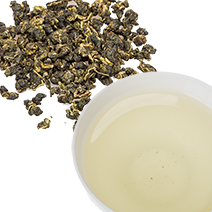The Flavor of Harmony: Meditation with a Cup of Tea
In today's world, filled with stress and information overload, people increasingly seek ways to relax and restore inner balance. Meditation has become one of the most popular methods for achieving these goals. However, many do not realize that a simple cup of tea can play an essential role in enhancing meditation practices.
The Historical Connection Between Tea and Meditation
Tea's history is closely intertwined with spiritual practices, especially in East Asia. In China and Japan, tea has long been considered more than just a beverage—it is a means of achieving mindfulness and tranquility. Buddhist monks used tea to maintain alertness and concentration during long meditation sessions. Green tea, rich in theanine, promoted mental clarity and relaxation, allowing monks to stay focused.
In Japan, the tradition of the tea ceremony (chanoyu) evolved into an art form where every movement and every sip of tea was filled with deep meaning. The tea ceremony is a form of meditation, promoting mental purification and awareness of the present moment. Such rituals are still practiced in various cultures today, underscoring the importance of the connection between tea and spiritual development.
How Tea Affects the Mind and Body
Tea contains unique components that have a positive impact on the mind and body. First and foremost is caffeine, which in small doses boosts alertness and improves concentration. Unlike coffee, however, tea also contains theanine—an amino acid that reduces stress levels and promotes relaxation without causing drowsiness.
The combination of caffeine and theanine creates a special effect known as “calm energy”, making tea an ideal beverage for meditation. Theanine increases alpha brainwave activity, which helps with relaxation, improves mood, and reduces anxiety. When combined with meditation, tea helps create a state of tranquility, allowing for a deeper meditation experience.
The aroma of tea also plays an important role. Scents can evoke various emotional responses, helping to set the mood for meditation and relaxation. For example, herbal teas with lavender or chamomile have a calming effect, while mint tea refreshes and clears the mind.
Choosing the Right Tea for Meditation
When choosing a tea for meditation, it’s important to consider its effect on the body and personal preferences. For morning practices, more invigorating teas, such as green or white tea, are ideal. Green tea, for instance, contains a moderate amount of caffeine and a high concentration of theanine, which helps you start the day with a clear mind and a positive attitude.
For evening meditation and relaxation, opt for teas with low or no caffeine content. Herbal teas, such as chamomile, mint, or valerian root tea, have a soothing effect and promote restful sleep. Rooibos, a South African red tea, is also an excellent choice due to its mild flavor and lack of caffeine.
Tea selection can also depend on the season. In colder months, richer and warming teas like pu-erh or oolong are suitable, while in warmer seasons, light and refreshing green and white teas are preferable.
Creating a Tea Ritual for Meditation
To successfully incorporate tea into your meditation practice, it's essential to create the right atmosphere. Start by preparing the space: choose a quiet place where you won’t be disturbed. Soft lighting, candles, and calming music can help set the meditative tone. It’s important that the space feels cozy and conducive to relaxation.
The tea ritual begins with selecting and brewing the tea. Brewing tea is not just a technical process but also an opportunity to slow down and focus on the present moment. Perform each step slowly and mindfully: pouring the water, watching the tea leaves unfurl, inhaling the tea’s aroma.
When the tea is ready, hold the cup in your hands and feel its warmth. Take a deep breath, savor the tea’s aroma, and then slowly take the first sip, fully aware of each taste. Focus on the sensations the tea evokes and let go of all extraneous thoughts. This ritual helps to set the stage for meditation and immerse yourself in a state of mindfulness.
Tea Meditation: A Step-by-Step Guide
Here’s a step-by-step guide to tea meditation:
- Preparation: Choose a quiet place and brew your favorite tea. Ensure you have enough time and won't be interrupted for the next 15-30 minutes.
- Setting the Mood: Sit comfortably, close your eyes, and take a few deep breaths to calm your mind. Focus on your breathing and try to let go of all thoughts.
- Starting the Ritual: Slowly pour the tea into your cup, observing the process. Hold the cup in your hands, feel its warmth, and inhale the tea’s aroma. Be mindful of the “here and now”.
- Taste Meditation: Slowly take a sip of tea, focusing on its taste. Try to detect all the notes and nuances. Pay attention to your feelings and sensations.
- Contemplation: Close your eyes and continue drinking tea slowly, with full awareness of each sip. Focus on the sense of calm and harmony that comes with every sip.
- Conclusion: After finishing the tea, sit quietly for a few minutes, maintaining your focus on your breath and inner sensations. Gradually transition back to your daily activities, carrying a sense of peace with you.
Tea meditation is a simple yet effective way to achieve inner harmony and peace. Tea helps to focus, relax, and better appreciate the present moment. Try incorporating a tea ritual into your meditation practice and discover a new level of mindfulness and tranquility. By starting with small steps, such as morning or evening tea sessions, you can create a personal ritual that will serve as a source of inspiration and calm throughout your life.
Related Categories
Oolong
Oolong tea, also known as wu long tea, is a world known and one of the famous teas, mention of which appeared about 400 years ago. Taiwanese oolong - is an example of a harmony interaction between people and nature.

